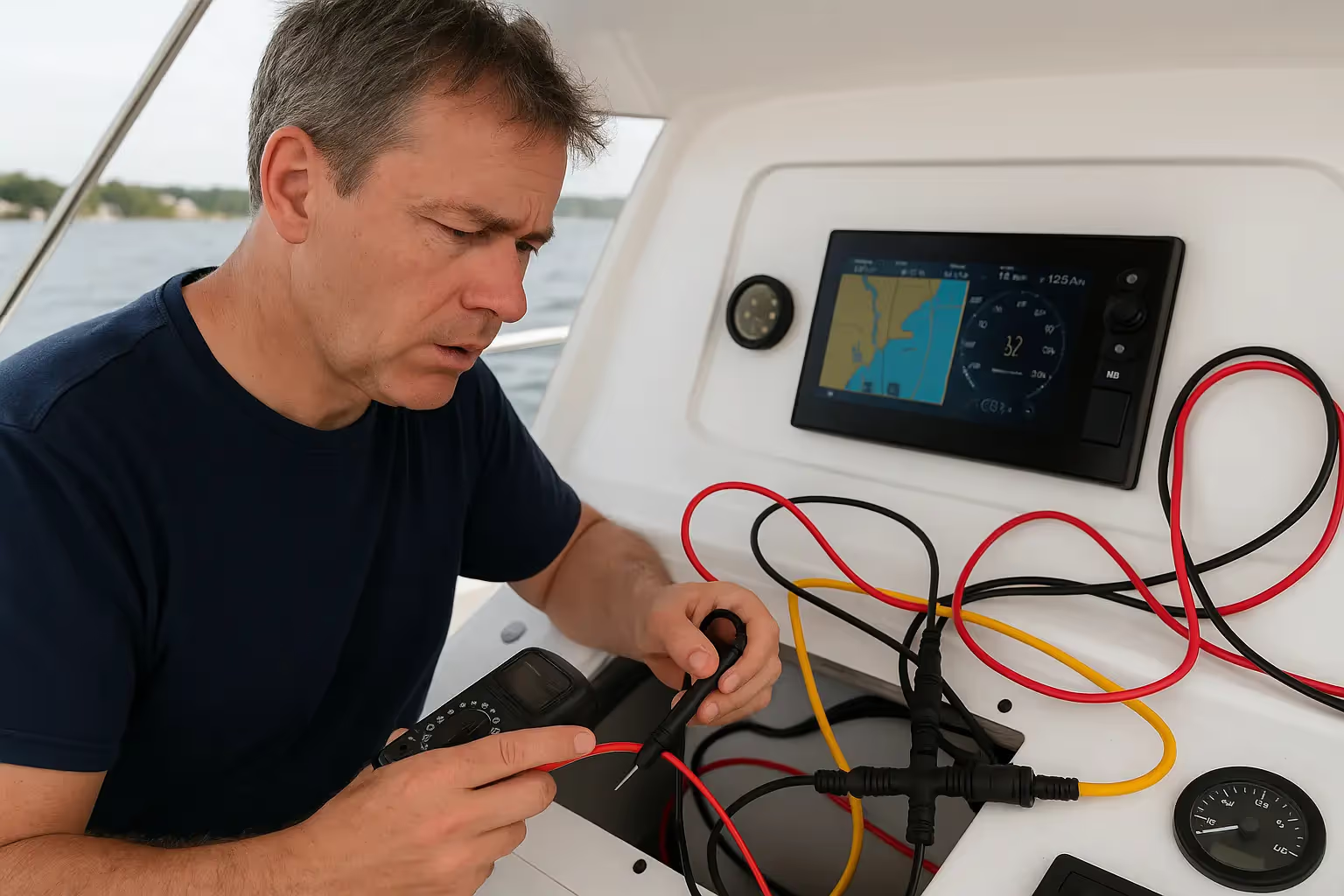Sloop vs Ketch: Exploring the Differences in Sail Configuration and Performance

Sloops and ketches are two popular types of sailing vessels that have distinct characteristics and advantages. While both are widely used for cruising and racing, they differ in terms of sail configuration and performance. In this article, we'll explore the differences between sloops and ketches, focusing on sail balance, ease of sail handling, and upwind performance.
Sloops are the most common and straightforward type of sailboat configuration. They feature a single mast and a mainsail that is typically larger than the headsail, called the jib or genoa. The sail balance of a sloop is characterized by having a larger portion of the sail area on the mainsail. This sail balance allows for efficient upwind performance. The mainsail generates most of the driving force when sailing close to the wind, enabling a sloop to point higher and maintain good speed on the upwind leg. This is especially advantageous in racing scenarios where beating upwind is crucial.
On the other hand, ketches have two masts, with the smaller mast, called the mizzen mast, positioned aft of the main mast. The sail balance in a ketch is different from a sloop as it distributes the sail area more evenly between the mainsail and the mizzen sail. This configuration offers several advantages. Firstly, the sail balance of a ketch allows for better balance and stability when sailing downwind or on a broad reach. The presence of the mizzen sail helps to balance the boat, preventing the bow from burying into waves and reducing the tendency to round up in strong winds.
Another advantage of ketches is that the smaller size of the sails, particularly the mizzen sail, makes handling and reefing easier. With smaller sails, it is generally more manageable to handle and adjust the sail area in varying wind conditions. The mizzen sail can be used alone or in conjunction with the mainsail and headsail, providing versatility in sail combinations for different wind strengths.
However, sloops have an advantage when it comes to upwind performance. The larger mainsail and streamlined rigging of a sloop allow for better windward ability. The concentrated sail area on the mainsail generates more lift, enabling the sloop to sail closer to the wind and maintain higher speeds upwind compared to ketches.
In conclusion, sloops and ketches offer different advantages based on their sail configuration and design. Sloops excel in upwind performance with their larger mainsails, while ketches provide enhanced balance, stability, and easier sail handling with their distributed sail area and smaller mizzen sails. The choice between a sloop and a ketch ultimately depends on the individual sailor's preferences, sailing goals, and intended usage of the vessel.














